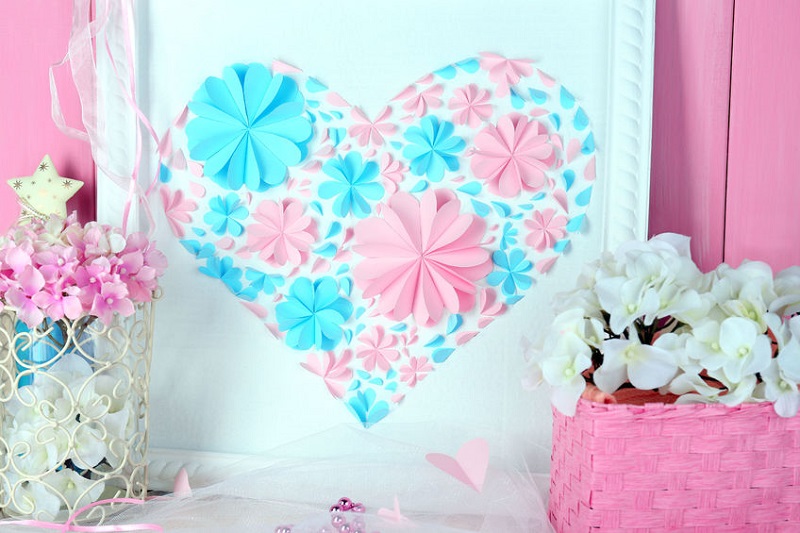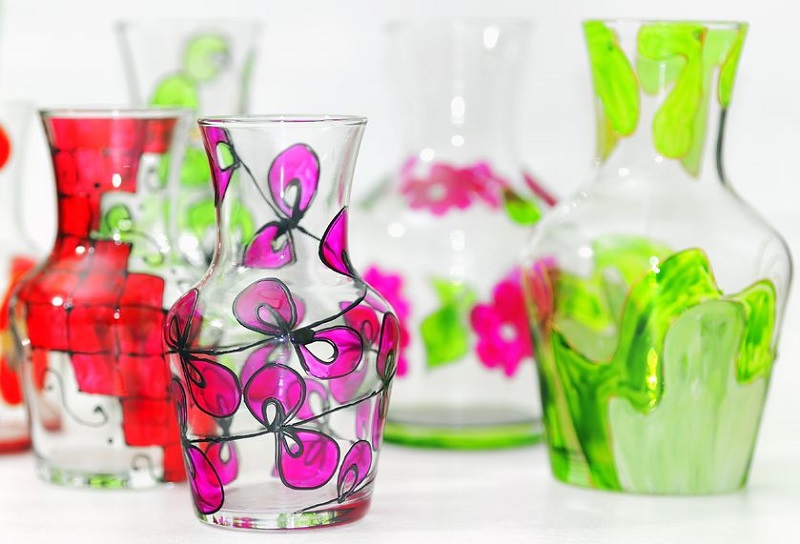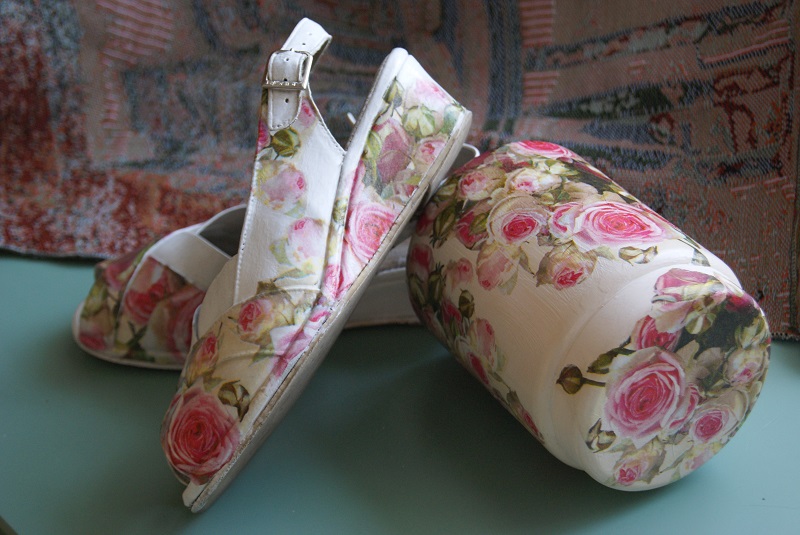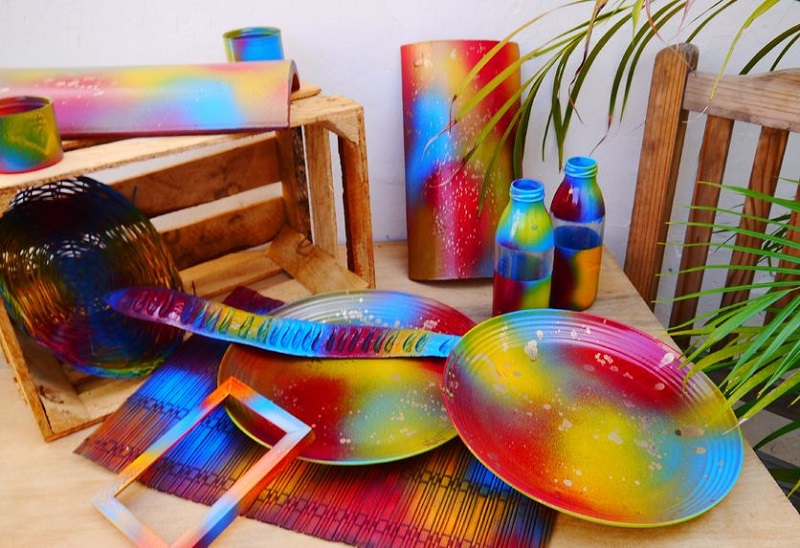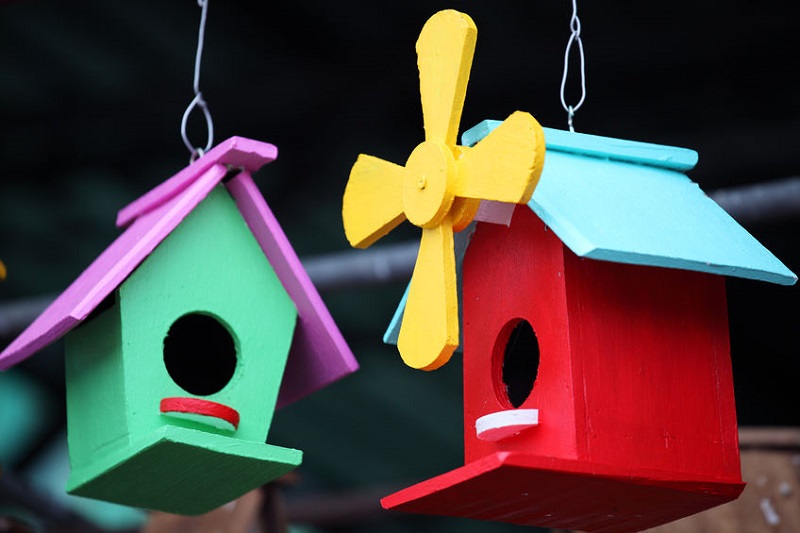5 Valid Reasons to Choose DIYing over Buying
To buy or to DIY? That is the question that may seem easy to answer depending on your budget, but it is more complex than thinking you cannot afford something or just want to save money on gifts or decor. Some DIY techniques and materials are not exactly budget-friendly, especially if you end up not enjoying the result and having to do something over again, or perhaps even buying an item that looks or works better.
You may also find a variety of things quite affordable, but feel like none of them can make your heart sing, so DIYing is a good way to create what you cannot find, or add a touch of special to usual things. Here is what is worth considering when deciding whether to DIY or to buy:
1. Repurposing and thrifting
This means getting your basic item(s) or material(s) for free or really cheap. With many projects and situations, this can be a lifesaver, especially if you cannot afford something you need or do not have an opportunity to shop around for it. Not to mention that saving the life of a thing that would otherwise go to a landfill helps reduce waste.
Repurposing and thrifting are also excellent for reducing fear and uncertainty while experimenting, with less disappointment resulting from messing up or ruining something, which is an indispensable part of learning and practicing new skills or techniques.
2. Defects or poor condition
Photo: Ann Joy
Usually resulting from normal (or extreme) wear and tear, these can be good reasons for buying new things, but if you believe that minor defects or a tattered look should not end your long-term relationship with a favorite item, DIY techniques can be great for concealing them. With a little research, you can find a variety of ideas on adding pretty details here and there, or even redecorating something completely to change its look dramatically.
Unfortunately, while some things age well, others do not, so they may be in a poor condition that can hardly withstand any repair. However, if you truly love them to pieces, you can save the pieces they are falling into, or fragment these things – to use their elements as parts of something else, giving them a new life. This can feel very rewarding, and may help you finally part with things you can no longer use but still love.
3. Time
DIY projects can help to unwind and reduce stress, and they are fun to work on with your kids and other family members or friends. That’s worth investing your time in, if you want to reap these additional benefits. Time may also be a reason why it is not a good idea to go the DIY route. While some projects are easy to break into several stages, others aren’t, so if you are going to be interrupted, the process or the results may be far from enjoyable.
Due to interruptions or additional time needed for something to dry out before proceeding, many DIY projects are abandoned for weeks or even never completed. Some materials or ideas are lost over time, and things like dust, humidity or excessive drying out take their toll on supplies and unfinished projects.
Still, this does not mean you cannot DIY whenever being able to carve out only small chunks of time. Just make sure you have a place to store and easily find your supplies and whatever you cannot finish at once. Preferably, also jot down the ideas and specific things to do next – even if you do not completely forget important steps or details, this helps save time when starting from where you left off.
Read also – 7 Calendar Cover Ideas for 2016
4. Functionality, durability and safety
Enter 3 ghosts of doubt that are likely to question plenty of DIY ideas. If functionality and/or durability are essential or important characteristics of what you need, it may be better to buy that, making sure it is made of high quality materials. Of course, you can create functional items, but that subtle ratio of pretty to functional is not easily predictable with DIY things. In other words, you will not know how functional they are until you start using them, or shortly after.
Some will not survive bumps and scratching, or accidental spills and kids’ inquisitive hands starting to examine your lovely creations. In many cases, it becomes clear that you will not be using the thing much if you do not want to ruin its beauty, or that it can only be a temporary solution while you are looking for something more reliable.
Safety is another important factor to consider, making some DIY ideas questionable (like using flammable materials for lampshades or for centerpieces with candles that are actually going to be lit). With kids’ rooms décor, you should know that small kids will break or tear something off both accidentally and purposefully, probably just finding the process amusing (even if they know it took you hours to glue or sew that on.) With that being said, watch out for small details missing and ending up where they should not be, or avoid using them if you have small kids.
5. Skills and unique things
Enter the main advantages of DIY that can make any other concerns seem insignificant. Sometimes, DIYing is all about savings and practical necessity, but the total cost of making something on your own can be as much as, or even more than, simply buying it.
However, if you want to master the art of creating unique gifts and things to personalize your home, yard or wardrobe, it makes sense to invest time and other resources into learning and developing such skills. If you prefer to surround yourself with meaningful things that you love, then ignore any trend or style, or whether something is proclaimed to be “in” or “out.” Keep and create whatever makes you comfortable and happy with your space. Do not be afraid to DIY, to experiment and learn.
Read also – 8 Awesome Scrapbooking Blogs
There is something else that can hardly be categorized, but needs to be mentioned. Cost and value are different things. Perhaps it would be nice to go and buy everything you want at once, but where is the real fun in that? Things mean more to you when it takes some time and creativity to make them, or when you are doing it together with friends or family.
